These items have been helpful to our clients. Below recommendations do not constitute an endorsement. Check with your therapist to make sure they are right for you!
Easy application of cold or heat to the jaw and face “Face Caddy”
The face caddy is a Velcro closure pack that allows easy application of heat OR cold to the face and jaw. For additional information, click here.
Self soft tissue release when a foam roller will not do
This stick massage roller has neoprene beads distributed along the metal roller making areas of differing density. It is very helpful for rolling out the lower leg or iliotibial band. Also comes in a shorter “travel size”. For additional information, click here.
Stick massage roller “Pro-TecPTRoller”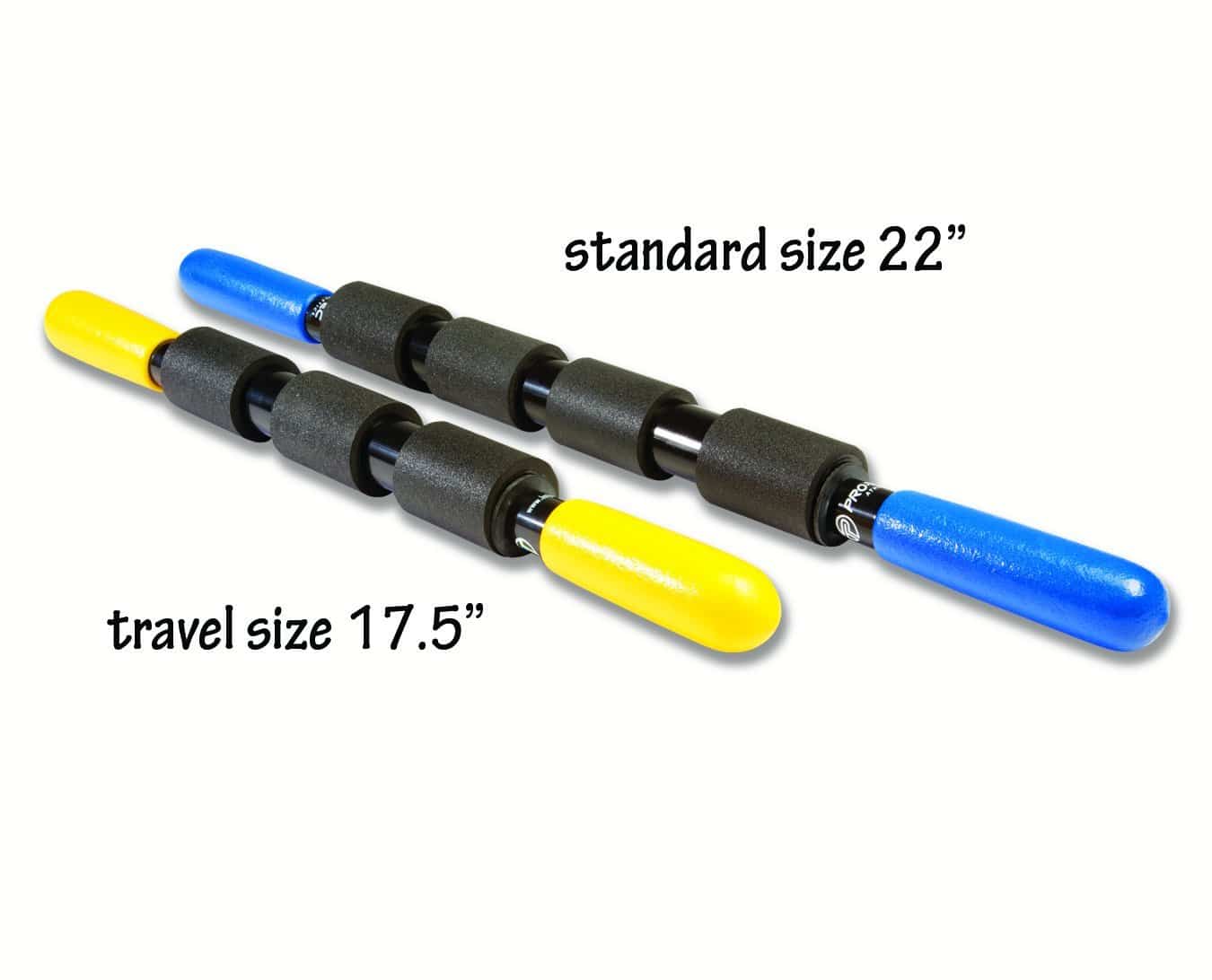
Release your feet
Pay attention to the feet that keep you standing and stepping. These hemi-spheres can be used while sitting or standing. You don’t know how tight and stiff your feet are until they are released. For additional information, click here.
Compact roller
Firm foam roller with slight “tread” creating pleasing pressure gradients during rolling. Light weight and hollow, it is good for traveling. This roller is more firm than the white or marbled rollers. For additional information, click here.
Foam roller (short)
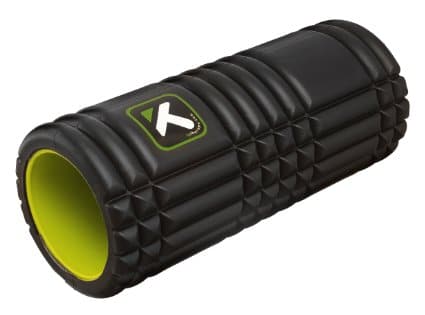
White foam roller assortment
We use these rollers in the clinic. They are relatively durable and not as firm as some other options. The 36” long rollers (full round or half round) are good for supine positioning exercises or rolling. The shorter rollers are more portable and suitable for rolling. For additional information, click here.
Foam roller (assorted lengths, half and full rounds)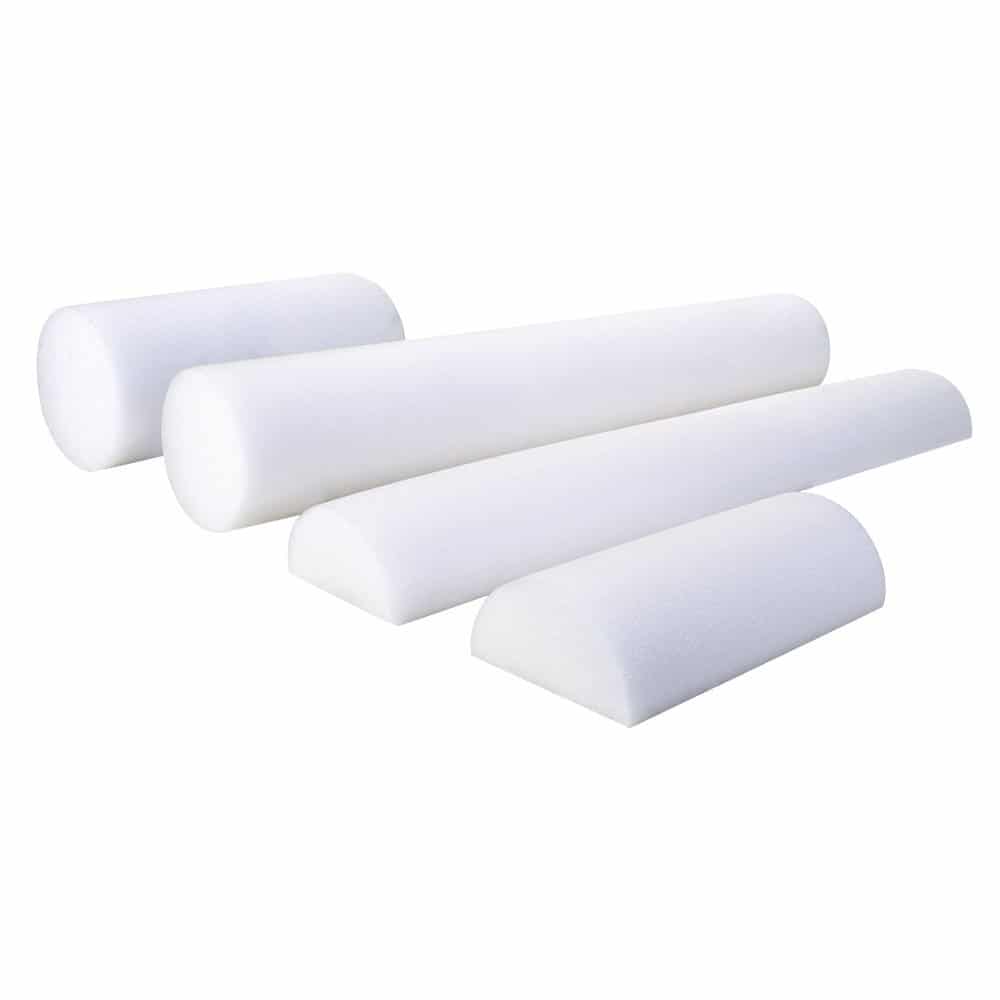
Inflatable lumbar support
The benefit of this lumbar support is its versatility–inflate less for firm surfaces, inflate more for soft surfaces. Deflates for easy travel. Don’t leave it behind! For additional information, click here.
Medic Air back pillo
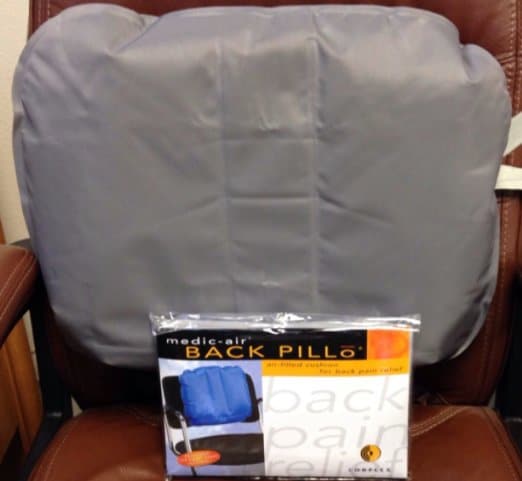

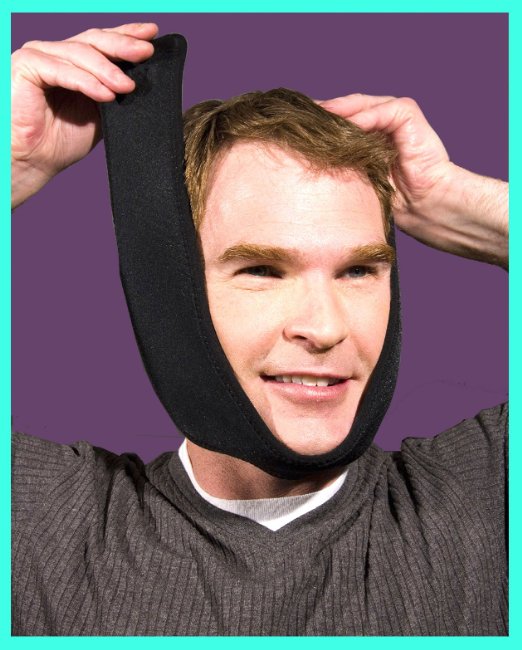
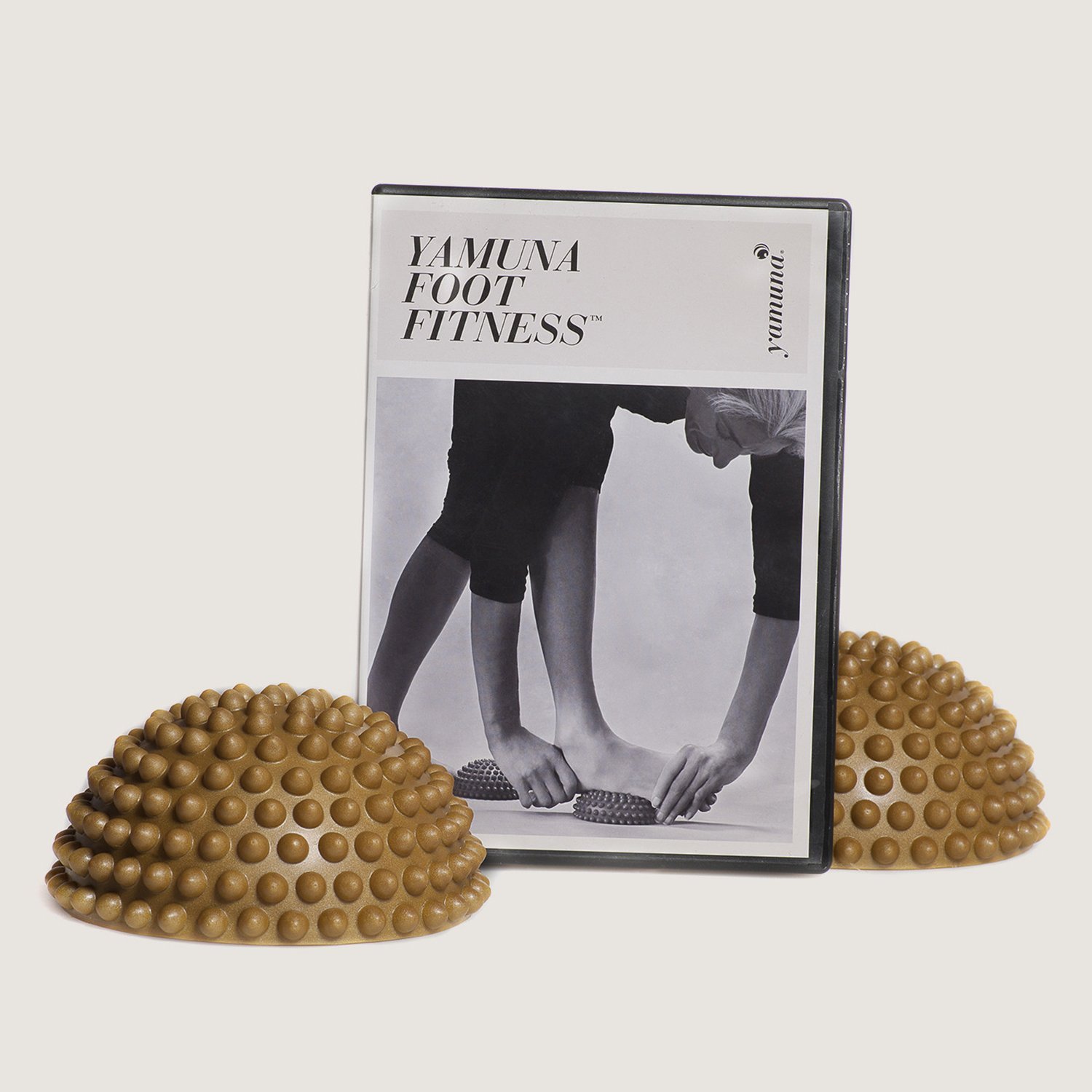

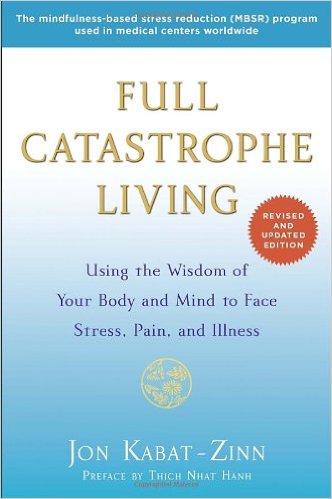
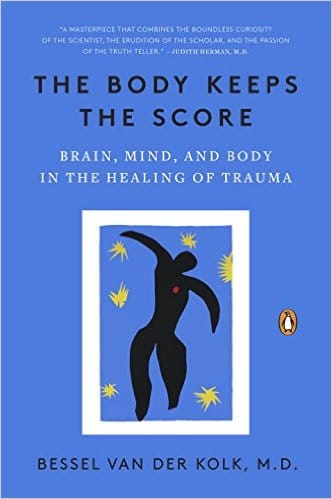
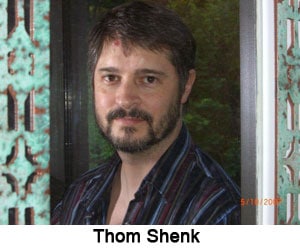
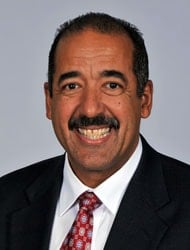
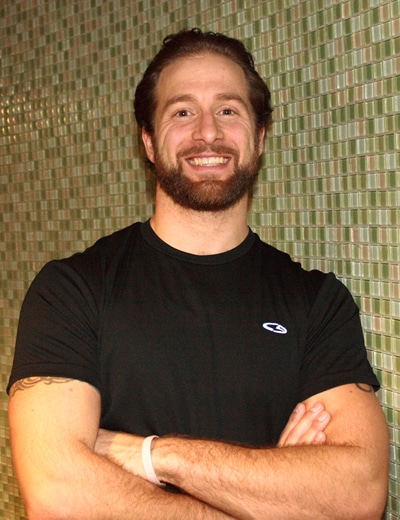
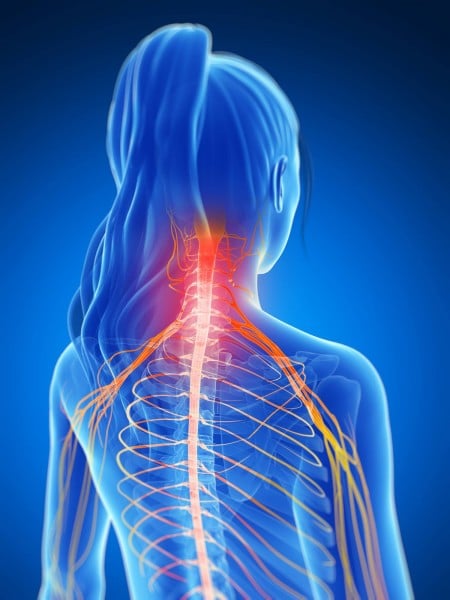
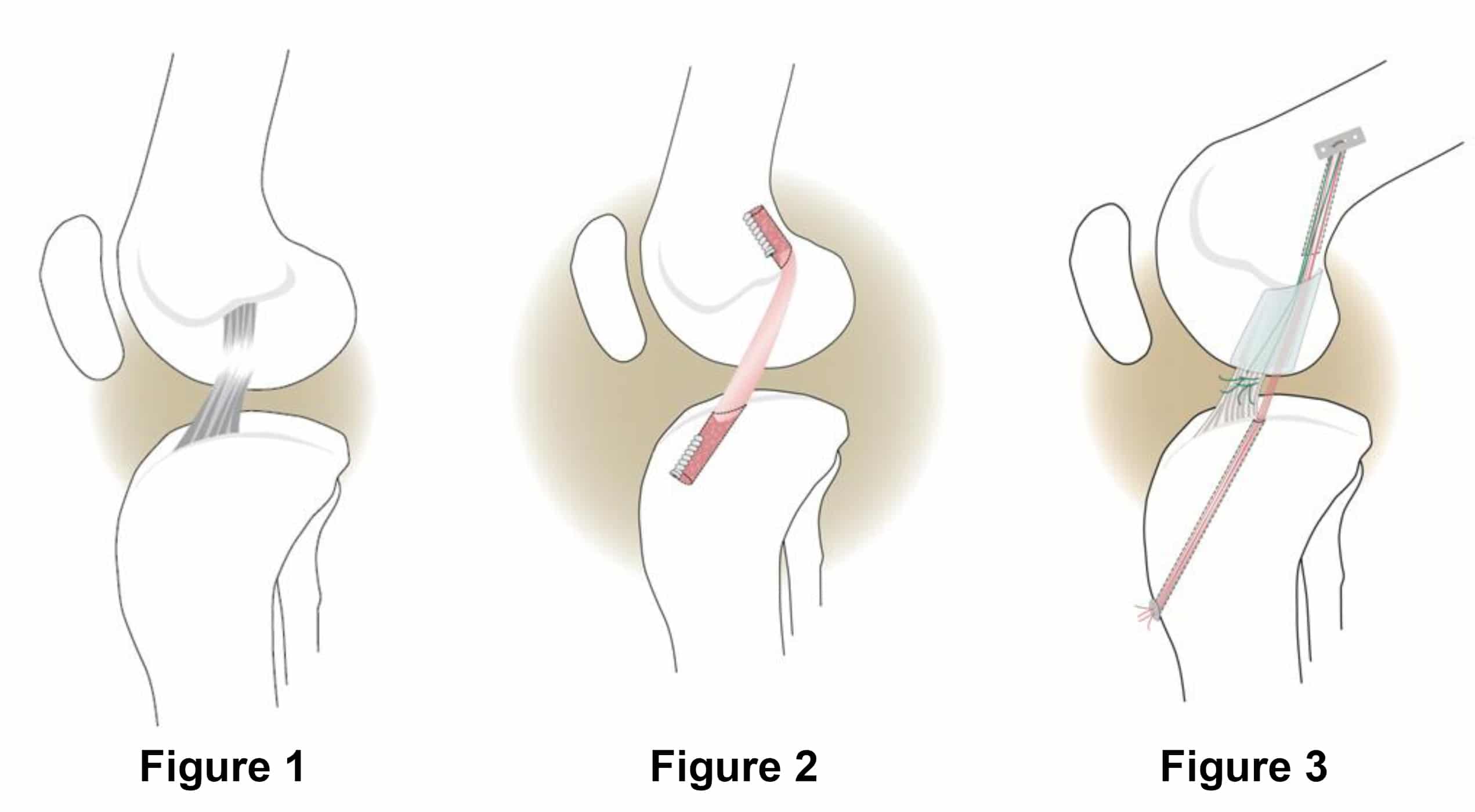 The anterior cruciate ligament (ACL) of the knee is one of four ligaments between the femur and the tibia that helps keep the bones together and stable during movement. Injury to this ligament can lead to knee pain, a feeling of your knee buckling or giving out from under you, and decreased knee range of motion. Spraining or tearing of the ACL is one of the most common knee injuries in humans. Depending on the severity of the injury and the person’s age, physical therapy may be the first treatment option to stabilize the knee. If symptoms do not improve with conservative management, surgery is often considered next.
The anterior cruciate ligament (ACL) of the knee is one of four ligaments between the femur and the tibia that helps keep the bones together and stable during movement. Injury to this ligament can lead to knee pain, a feeling of your knee buckling or giving out from under you, and decreased knee range of motion. Spraining or tearing of the ACL is one of the most common knee injuries in humans. Depending on the severity of the injury and the person’s age, physical therapy may be the first treatment option to stabilize the knee. If symptoms do not improve with conservative management, surgery is often considered next.